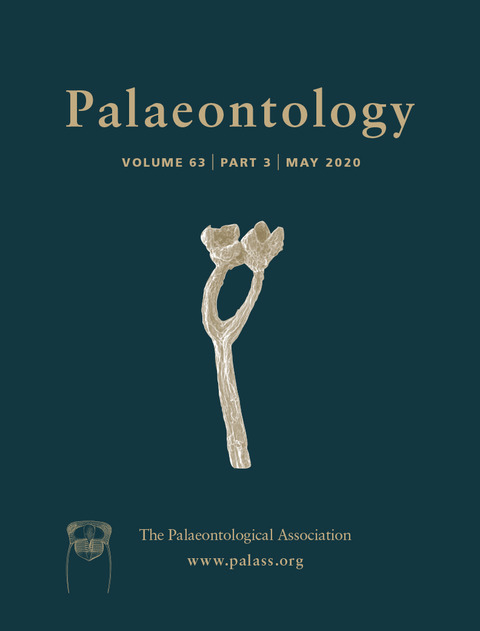Reg. Charity No. 1168330

Species diversity patterns are governed by complex interactions among biotic and abiotic factors over time and space, but are essentially the result of the diversification dynamics (differential speciation and extinction rates) over the long‐term evolutionary history of a clade. Previous studies have suggested that temporal variation in global temperature drove long‐term diversity changes in Crocodylia, a monophyletic group of large ectothermic organisms. We use a large database of crocodylian fossil occurrences (192 spp.) and body mass estimations, under a taxic approach, to characterize the global diversification dynamics of crocodylians since the Cretaceous, and their correlation with multiple biotic and abiotic factors in a Bayesian framework. The diversification dynamic of crocodylians, which appears to have originated in the Turonian (c. 92.5 Ma), is characterized by several phases with high extinction and speciation rates within a predominantly low long‐term mean rate. Our results reveal long‐term diversification dynamics of Crocodylia to be a highly complex process driven by a combination of biotic and abiotic factors which influenced the speciation and extinction rates in dissimilar ways. Higher crocodylian extinction rates are related to low body mass disparity, indicating selective extinctions of taxa at both ends of the body mass spectrum. Speciation rate slowdowns are noted when the diversity of the clade is high and the warm temperate climatic belt is reduced. Our finding supports the idea that temporal variations of body mass disparity, self‐diversity, and the warm climate belt size provided more direct mechanistic explanations for crocodylian diversification than do proxies of global temperature.